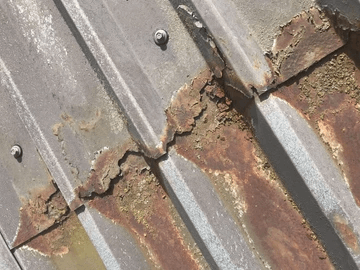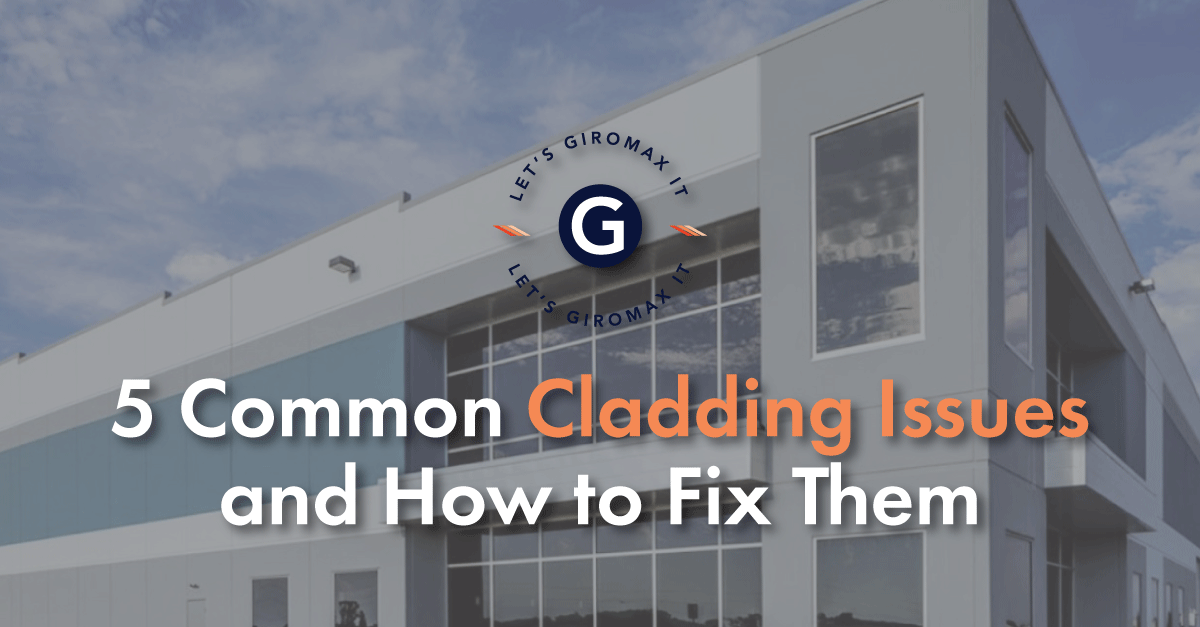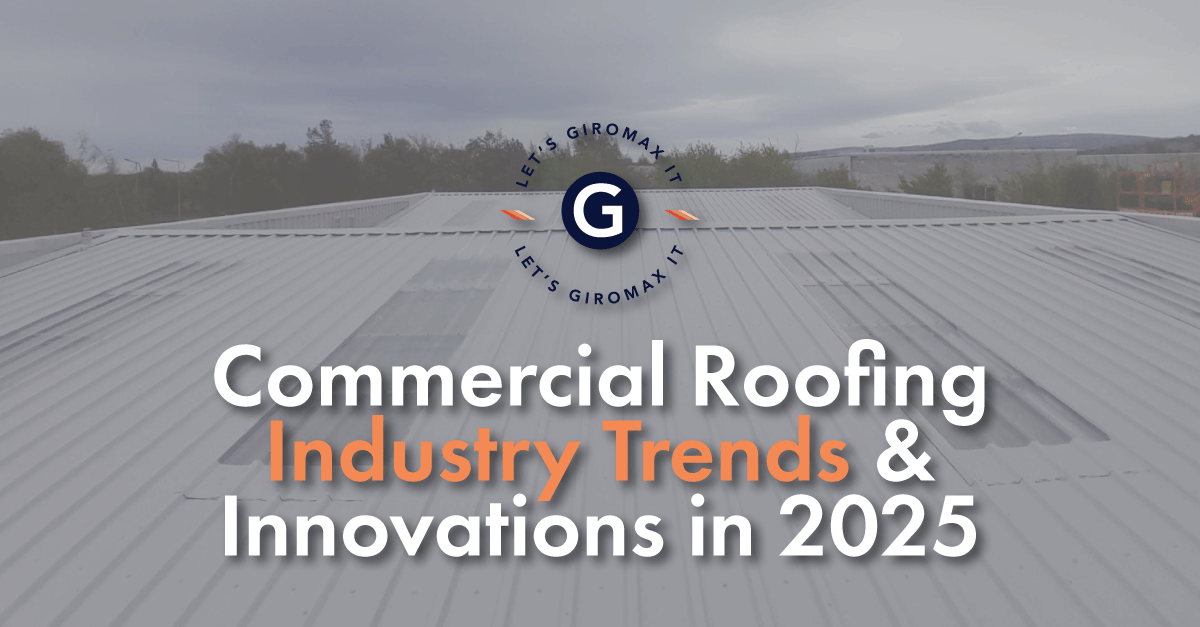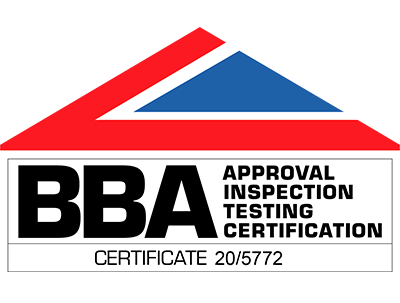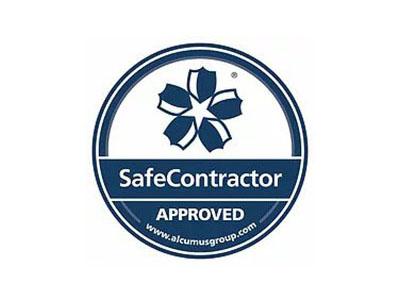What is the Best Treatment for Cut Edge Corrosion in Profiled Steel Roof Sheeting?
Cut edge corrosion is an expensive problem in profiled steel roofing. Replacing entire roofs is simply not financially viable, especially when we consider the options for refurbishment we have at our fingertips. But which treatment is best? Or are they all the same? Giromax Technology’s Technical Director, Chris Brandrick explores the options available and the key limitations of traditional silicone based systems compared with more technologically advanced coating solutions.
What is Cut Edge Corrosion?
Roof sheet manufacturers’ performance statements refer to the lifetime of the pre-finished steel sheet in terms of the period when the building owner must consider whether to re-paint the sheet, either to upgrade the aesthetics or to preserve protection of the steel substrate. Within that lifetime, edge peel may arise from normal weathering. It is most often seen at sheet overlaps and at eaves and gutter overhangs, and if neglected, this edge corrosion can eventually compromise the structural integrity of the sheet.
The development of cut edge corrosion is difficult to predict. It is progressive by nature and accelerates in proportion to the accumulation of conductive elements especially capillary held water, eventually overcoming the protective sacrificial barrier which is usually zinc or a zinc alloy. Ideally, long sheets from ridge to eaves should be specified, reducing the need for overlaps. In practice, this is not always possible where long runs or translucent sheets are required.
How can we treat Cut Edge Corrosion?
If the problem of cut edge corrosion has subsequently arisen, its treatment must necessarily follow a specification that excludes water from the lap, without the ability to lift and reset the roof sheets. In addition, the joint must remain flexible enough to accommodate stresses from building movement, sheet expansion and foot traffic and withstand extremes of weathering, temperature, and UV.
This is a difficult specification to achieve and one that was best serviced for many years by the use of the traditional silicone system. Successful treatment however, depended on two key factors which inevitably could be viewed as system limitations.
What are the limitations of traditional silicone based treatments?
1. Firstly, corrosion control depended entirely on the adhesion properties of silicone in being able to smother and starve the substrate of the two main agents of rust – air and moisture.
Using a silicone-based system, adhesion can only be achieved on a completely dry surface.
2. Secondly, to fully accommodate sheet movement and keep the lap sealed, the system must remain flexible.
A silicone-based system remains relatively soft, especially during its curing cycle which makes it potentially vulnerable to impact and abrasion damage, especially from the curiosity of birds.
So what options are available that avoid the limitations of silicone based systems?
With these restrictions in mind Giromax have introduced a more technologically advanced solution.
Giromax® uses the latest hybrid technology that takes full advantage of properties introduced and developed to overcome the application and wear limitations of silicone alone.
Fully moisture tolerant, the Giromax® system can adhere to all surfaces in the treatment of corrosion, by penetrating and binding at the molecular level to barrier air and moisture from the substrate using laminar flake technology.
By removing application restrictions and performance limitations, the Giromax® system achieves complete adhesive encapsulation of the overlap, hardening to a tough elastic coating with high impact and abrasion resistance.
What impact will this decision have on your commercial roofing project?
Using the latest technology and avoiding the limitations of traditional silicone systems will lead to better results in less time, saving on labour costs and allowing you to complete more work faster.
If you are still using traditional silicone based systems, here are the reasons why you need to shift to Giromax technology:
– One Coat System
– Use straight from the tin
– Comprehensive Colour Range – at no extra cost
– Same Day Wash and Apply
– Reduced Labour & Access costs
– Cures harder – resilient to ‘Bird Attack’
– Less time spent on site and working at height
– 20 Year Guarantee
Have more questions? Need pricing information?
Get updates from us
Sign up to our newsletter to receive all the latest news and insights from Giromax Technology.
Subscribe to NewsletterRelated articles
5 Reasons why Dilapidation Surveys are Important
Dilapidation surveys protecting your roof investment, ensuring compliance and safety standards, and accurate repair and maintenance planning.
5 Common Cladding Issues and How to Fix Them
Common cladding issues include cracking and structural damage, water ingress and moisture-related problems. We explore ways to fix cladding.
5 Commercial Roofing Industry Trends & Innovations in 2025
The latest commercial roofing industry trends include smart roofing technology, IoT, sustainable roofing solutions and advanced roof coatings…



